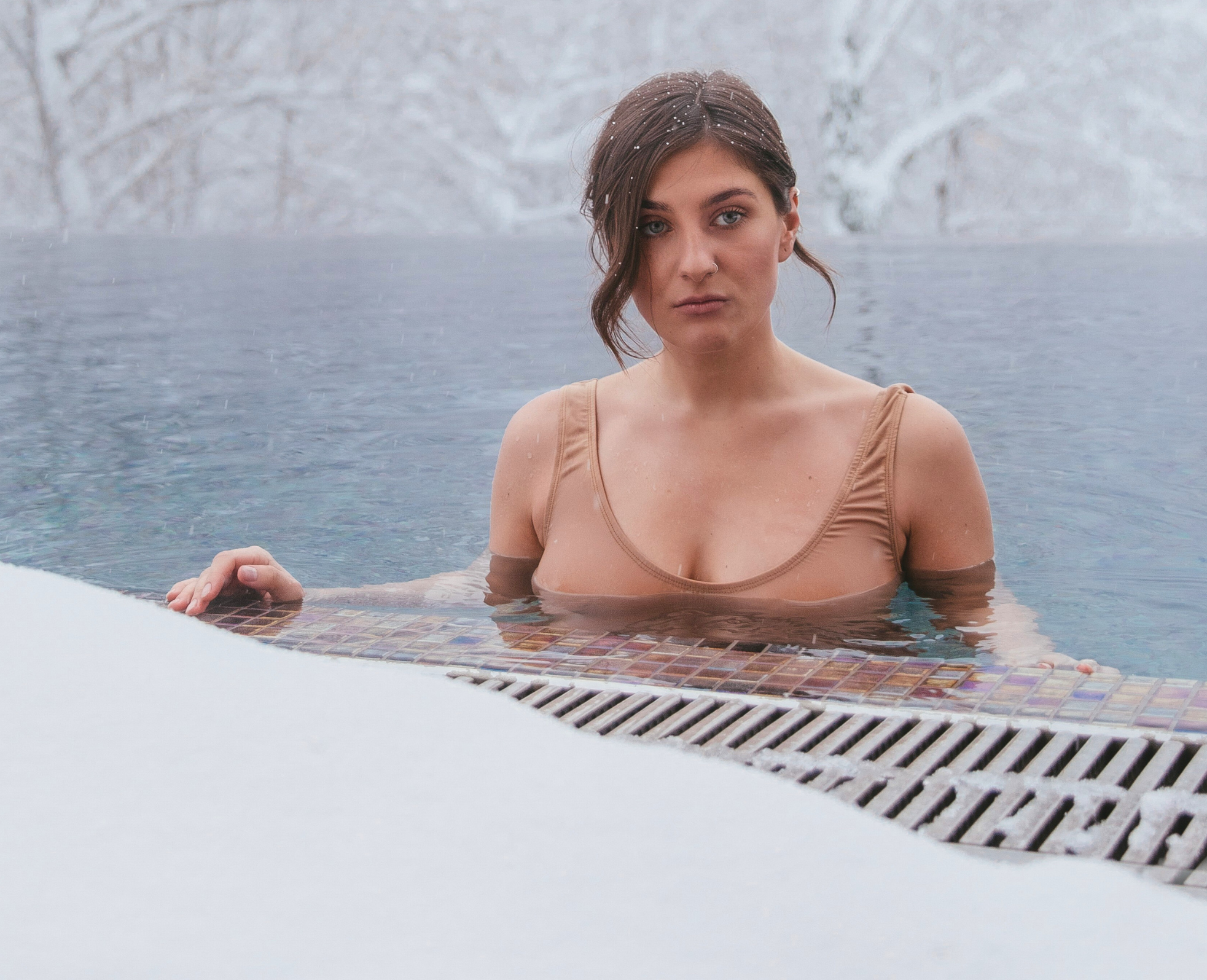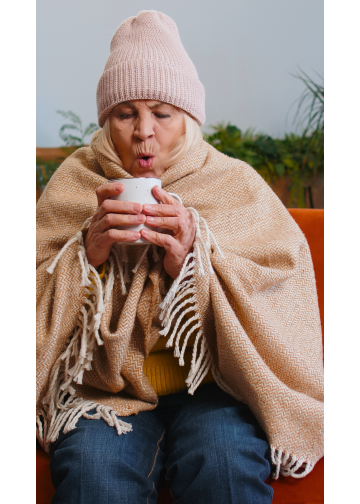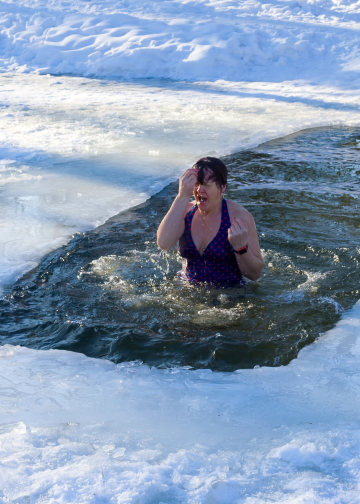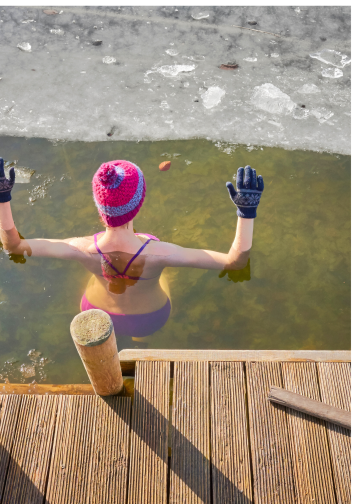🎃 Sugar & Halloween
Happy Halloween: Halloween is sweet, sparkly, and fun—and also a moment when many of us feel uneasy about sugar. We...

|
Getting your Trinity Audio player ready...
|

When I went through my menopausal period, I struggled with the cold. No matter how many layers I wore, I still shivered, and my feet felt like ice. Even in mild temperatures, I felt an internal chill that was hard to shake. Over time, I wondered: Can I train my body to handle the cold better?
Many people experience cold intolerance, which can stem from poor circulation, a sluggish metabolism, or even an imbalance in the nervous system. While we often think of warmth as something we must create externally—through clothing, heating, or hot drinks—there’s another way to cultivate warmth from within. Surprisingly, cold exposure, such as cold showers and water swims, can cause a cold exposure to internal temperature and build resilience.
Cold intolerance is more than just disliking chilly weather—it’s a sign that the body struggles to maintain warmth efficiently. Several factors contribute to this condition:
From an Ayurvedic perspective, cold intolerance is often associated with a Vata or Kapha imbalance. Vata types, governed by air and ether, tend to have poor circulation and dryness, making them feel cold easily. Kapquicklyes, ruled by earth and water, can also struggle with cold due to a sluggish metabolism and fluid retention. In both cases, strengthening internal heat (Agni) is key to overcoming cold sensitivity.

At first, the idea of an already cold-sensitive body to even more cold might seem counterintuitive. However, research shows that controlled cold exposure can improve the body’s ability to regulate temperature.
Studies have found that regular cold exposure can enhance thermoregulation, meaning the body becomes better at keeping itself warm, even in cold environments. This process, called cold adaptation, explains why people who take cold showers or engage in winter swimming often report feeling warmer in daily life.
Ayurveda teaches that balance is the key to health. When facing cold intolerance, the solution isn’t just about adding warmth and strengthening the body’s ability to generate heat.
Rather than avoiding the cold altogether, Ayurveda suggests balancing it with mindful practices that build internal heat, making the body more adaptable.

Listening to your body is essential if you’re new to cold showers or cold water dips. Here are some beginner-friendly tips:
No matter how many socks I wore or how much I cranked up the heat, I still felt an underlying chill that I couldn’t shake. My hands and feet were perpetually cold, and I often shivered when experimenting with cold exposure. At first, I could barely handle 10 seconds of cold water at the end of my shower. But over time, I built up to (almost) full cold showers and even short dips in cold water. The results were surprising—I felt more energized, my circulation improved, and I noticed that I wasn’t sensitive to the cold.
Now, winter doesn’t feel as daunting. My body has learned to regulate temperature more efficiently, and I no longer experience that deep internal chill I once struggled with.

Cold intolerance can feel like an unavoidable struggle, but the body is remarkably adaptable. By incorporating cold exposure—whether through showers, outdoor air, or cold water dips—we can train our systems to handle temperature fluctuations more easily. Ayurveda recognizes the power of intentional cold exposure to strengthen the body. While the idea of stepping into cold water may seem intimidating at first, with consistency, the body learns to generate warmth from within.
The message is simple: if you are struggling with cold intolerance, you can transform your relationship with the cold with discomfort and patience, just as I did.
photo © maciej bledowski via canva.com
photo © yaroslav shuraeu via canva.com
photo © rosshelen via canva.com
photo © banana stock via canva.com
photo © ariwasabi via canva.com
Happy Halloween: Halloween is sweet, sparkly, and fun—and also a moment when many of us feel uneasy about sugar. We...
Just Breathe: Stress shows up in many forms, such as tight shoulders, restless thoughts, or the sudden rush of nerves...
Be Present: We hear it often—“Be present.” It’s a phrase that drifts through Yoga classes, appears in self-help books,...
What Are You Putting On Your Skin? As we navigate through life, our relationship with beauty evolves. What once worked...
Align with Moon Energy People have looked to the moon for centuries as a source of wisdom, guidance, and transformation....
Aligning Your Chakras: The chakra system is an ancient framework that maps out energy centers within the body, influencing our...
© 2025 Slow Harvest Yoga